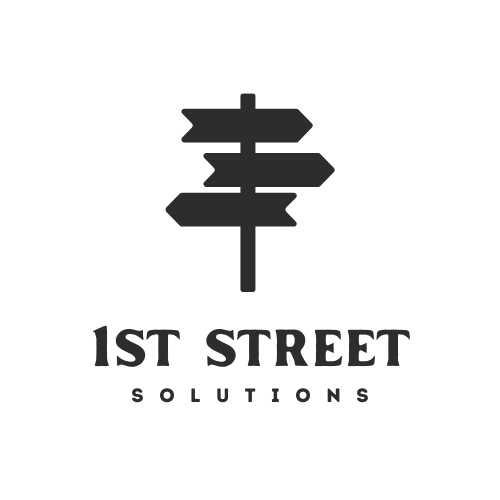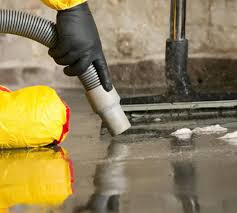In a world that feels busier and louder than ever, our homes have become sanctuaries — places where privacy and comfort matter most. That’s why many homeowners are turning to privacy fence installation as an essential investment.
A well-built privacy fence does more than mark your property line; it shields your outdoor space from prying eyes, reduces noise, and adds a touch of style to your landscape. Whether you’re enjoying a quiet morning coffee or hosting a family barbecue, the right fence creates a sense of security and peace you can truly feel.
Why Choose a Privacy Fence?
A privacy fence serves both practical and aesthetic purposes. It defines boundaries while protecting what matters most — your family, pets, and personal space.
Key Benefits of Privacy Fencing
- Enhanced Security: A tall, sturdy fence deters intruders and safeguards your property.
- Improved Privacy: Perfect for backyards, patios, and pools — no more feeling “on display.”
- Noise Reduction: Solid materials help minimize street noise, creating a calm outdoor retreat.
- Wind and Sun Protection: Provides shade and acts as a windbreak in exposed areas.
- Aesthetic Appeal: Adds architectural character and boosts curb appeal instantly.
A professionally installed privacy fence transforms your outdoor area into a private haven without sacrificing beauty or functionality.
Choosing the Right Material for Privacy Fence Installation
The success of your fence installation depends heavily on the material you choose. Each option has unique qualities that influence cost, longevity, and maintenance.
| Material | Durability | Maintenance | Appearance | Cost | Best Use |
|---|---|---|---|---|---|
| Wood | 10–20 years | Moderate | Warm, natural | $$ | Traditional homes and rustic styles |
| Vinyl (PVC) | 20+ years | Very Low | Clean, modern | $$$ | Contemporary or low-maintenance yards |
| Composite | 25+ years | Low | Wood-like finish | $$$ | Eco-friendly or luxury fencing |
| Aluminium | 30+ years | Very Low | Sleek and durable | $$$ | Decorative or modern applications |
| Chain Link (with Slats) | 15+ years | Low | Functional | $ | Budget-conscious privacy solution |
Wooden fences remain the most popular for their natural charm, while vinyl and composite fences have gained popularity for their longevity and low upkeep.
Steps Involved in Privacy Fence Installation
Understanding the installation process helps you plan better and ensure the job is done right.
1. Planning and Measuring
Before breaking ground, determine your property boundaries and check local regulations or HOA guidelines. Accurate measurement prevents costly mistakes and disputes.
2. Choosing Materials and Design
Select the right fence style — from solid board fences to lattice-top designs — based on your desired look and level of privacy.
3. Preparing the Site
Remove any obstacles, roots, or debris. A clean, even surface ensures your fence posts sit firmly and evenly.
4. Installing Fence Posts
Posts are set in concrete to anchor the fence securely. Proper spacing is crucial to prevent sagging or instability over time.
5. Attaching Panels or Boards
Once the posts cure, fence panels or boards are attached horizontally or vertically, depending on your chosen design.
6. Finishing Touches
Apply a protective sealant or paint if using wood, and inspect all fasteners for a sturdy, long-lasting structure.
Hiring a professional fence contractor ensures precision and saves time — especially for large or uneven properties.
Maintenance Tips for Long-Lasting Performance
Regular maintenance keeps your fence looking new and functioning well for decades.
- Clean Periodically: Remove dirt and mildew using a mild cleaner and soft brush.
- Inspect Annually: Check for loose boards, rust, or cracks and repair promptly.
- Re-stain or Seal: Wooden fences should be sealed every 2–3 years to resist moisture.
- Trim Vegetation: Keep plants and vines from attaching to the fence surface.
- Lubricate Hardware: Hinges and locks should move smoothly and stay rust-free.
Simple care can double the lifespan of your privacy fence while maintaining its visual appeal.
How Much Does Privacy Fence Installation Cost?
The price of privacy fence installation depends on several key factors:
- Material choice (wood, vinyl, or composite)
- Fence height and length
- Design complexity (solid panels, lattice, decorative tops)
- Labor costs and local regulations
- Gate installation or custom features
While costs vary, most homeowners find privacy fencing a worthwhile investment for the comfort and security it provides.
Design Ideas for Modern Privacy Fences
Modern homeowners are getting creative with fence design. Instead of plain panels, consider:
- Horizontal wood slats for a contemporary look
- Mixed materials (like wood and metal) for contrast
- Decorative tops or lattice sections for elegance
- Built-in lighting for safety and ambiance at night
These small details turn a simple fence into a design statement while maintaining full privacy.
Final Thoughts
A privacy fence installation is more than a home improvement project — it’s a lifestyle upgrade. It creates a protected, peaceful space for family gatherings, relaxation, and everyday living.
By choosing the right material, following proper installation steps, and committing to basic maintenance, you’ll enjoy a fence that looks great and performs beautifully for decades.
When you’re ready to transform your backyard into a private retreat, consult a trusted fence contractor to ensure quality workmanship and lasting value.









